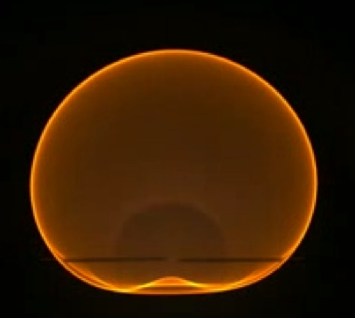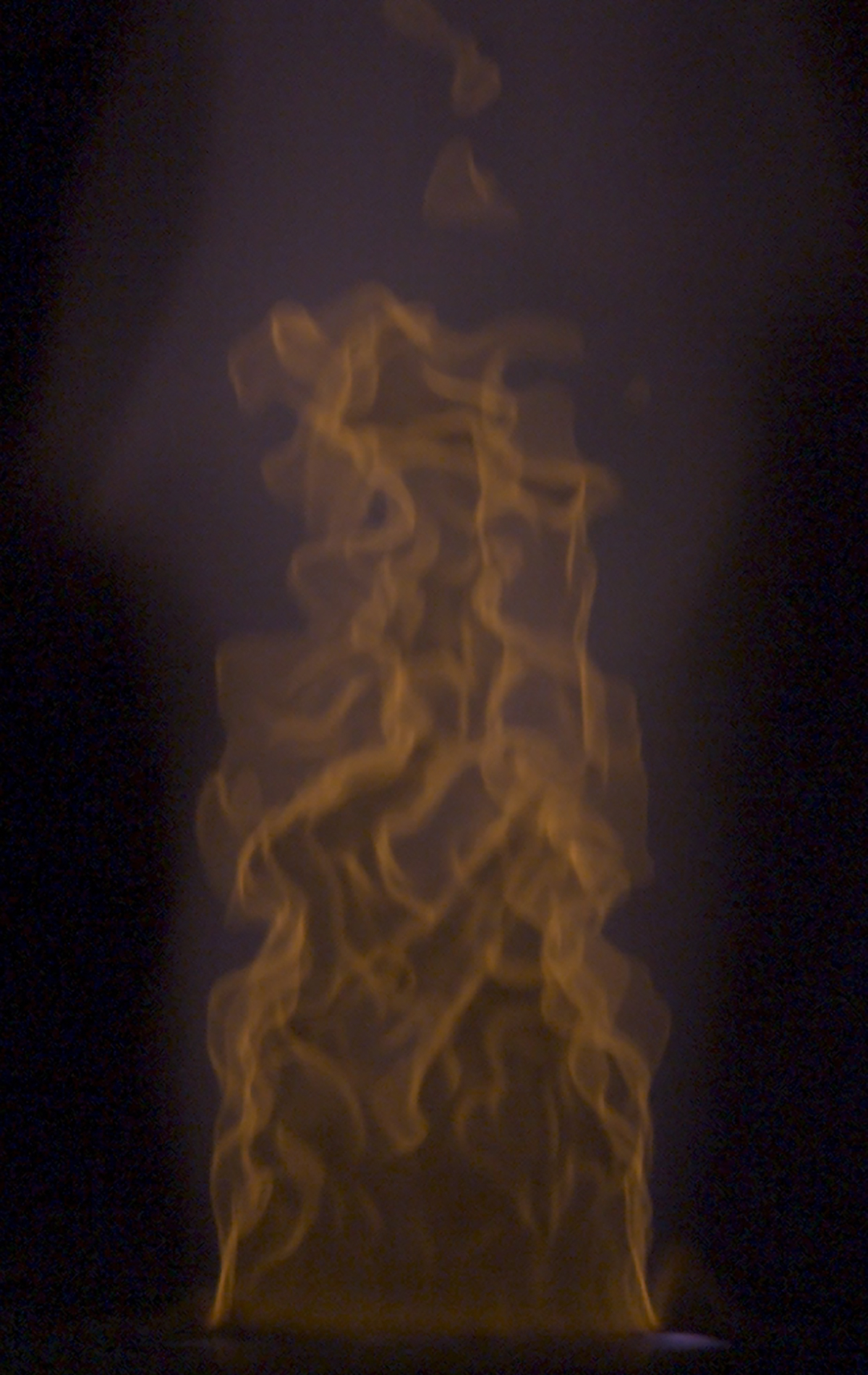
To achieve carbon neutrality, ammonia is not only a carbon-free hydrogen energy carrier but also is expected to be a viable fuel for gas turbines and industrial furnaces. Even though ammonia does not emit CO2 when it burns, its combustion characteristics, such as laminar burning velocity and flame temperature, are different from those of a conventional hydrocarbon flame. In addition, ammonia itself is a deleterious substance which emits NOx during combustion. Because of these properties, fundamental combustion characteristics of ammonia should be clarified to utilize ammonia as a fuel. Also, novel combustion strategies must be developed to reduce unburnt ammonia and NOx emissions to below the regulatory threshold simultaneously.
In our laboratory, we explore fundamental ammonia combustion characteristics, such as the measurement of laminar burning velocity using spherically propagating flames and the measurement of product gas characteristics using stagnation flames. The results obtained from our studies are used for the validation of ammonia reaction kinetics.
In addition, to apply ammonia combustion for a gas turbine and an industrial furnace, premixed combustion under high temperature and high-pressure conditions, investigation of combustion characteristics in swirling flow, ammonia jet flame combustion and liquid ammonia spray combustion studies are also performed.
In our laboratory, we conduct collaborative studies with domestic and international research institutes, including Kyushu University, AIST, LNSA-Lyon (France), University of Orléans (France), KAUST (Saudi Arabia), Cardiff University (UK), University of Cambridge (UK), NUS (Singapore), and NTU (Singapore).
 Spherically propagating ammonia/air premixed flame
Spherically propagating ammonia/air premixed flame
 Premixed turbulent ammonia/air flame stabilized on a burner
Premixed turbulent ammonia/air flame stabilized on a burner
-
1 The study of ammonia combustion for carbon neutrality
-
2 Research and development of semiconductor nanodevices
-
3 Quantum/molecular dynamics analyses for the transport phenomena of materials in polymer electrolyte fuel cells
-
4 Development of ammonia combustion reaction models and its application to numerical combustion simulation
